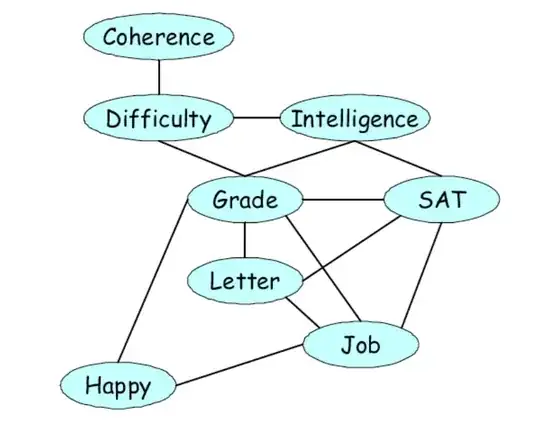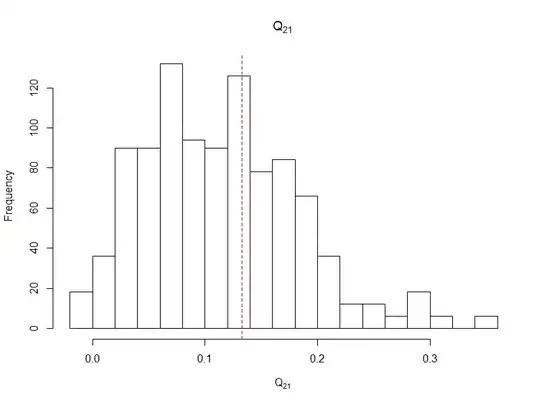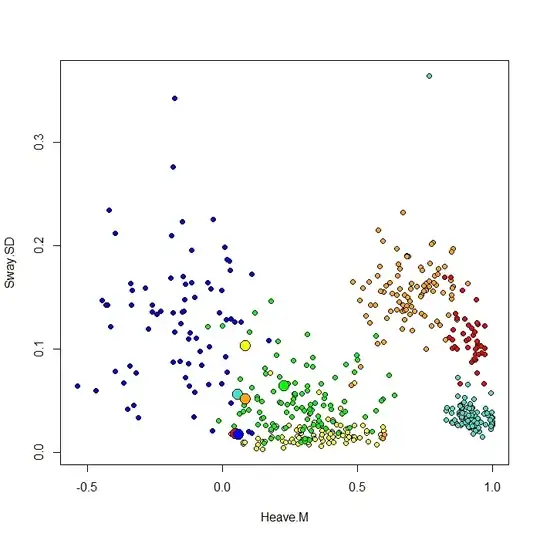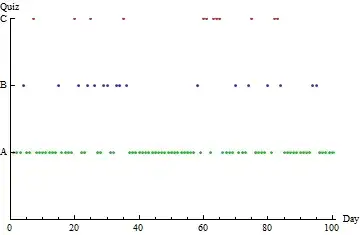I am looking at a panel data with binary outcomes in each year. The ultimate use of the model I build is for prediction. The cross-sections are quite tall (~100,000 non-cases and ~5,000-20,000 cases) but the number of years is few. I suspect that there may be both a time-varying intercept and one time-varying coefficient. Thus, I am using lme4::glmer. My questions are as follows
- Can I estimate the three co-variance parameters despite a low number years (levels of the random effect factor). Particularly, does it matter that I have tall cross sections (large number of repeated measures)?
- Should I suspect that the results are unreliable? Are there general guidelines for the number of needed levels to estimate co-variance parameters (references would be neat)? Again, does it matter that I have tall cross sections (large number of repeated measures)?
Here is an example to make it more clear
#####
# simulate data
set.seed(71005391)
n_lvls <- 16 # few number of year levels
n_per_lvl <- 1e4 # tall cross section
n <- n_lvls * n_per_lvl
# simulate covariates and random effects
X <- matrix(rnorm(n * 2), n, 2)
year <- as.integer(gl(n_lvls, n_per_lvl))
Q <- matrix(c(.3, .133, .133, .2), 2)
ranefs <- matrix(rnorm(n_lvls * 2), ncol = 2) %*% chol(Q)
# compute linear predictor and simulate outcome
lps <-
# fixed effects
-1 + X[, 1] + X[, 2] +
# random effects
ranefs[year, 1] + ranefs[year, 2] * X[, 2]
df <- data.frame(Y = 1 / (1 + exp(-lps)) > runif(n), X, year = year)
#####
# fit model
library(lme4)
fit <- glmer(Y ~ X1 + X2 + (X2 | year), data = df, family = binomial())
# show estimates
list(est = VarCorr(fit), actual_var = Q, actual_cor = cov2cor(Q))
#R> $est
#R> Groups Name Std.Dev. Corr
#R> year (Intercept) 0.43682
#R> X2 0.43690 0.709
#R>
#R> $actual_var
#R> [,1] [,2]
#R> [1,] 0.300 0.133
#R> [2,] 0.133 0.200
#R>
#R> $actual_cor
#R> [,1] [,2]
#R> [1,] 1.0000000 0.5429702
#R> [2,] 0.5429702 1.0000000
Here are confidence intervals using likelihood profiles for the variance parameters
conf. <- confint.merMod(
fit, method = "profile", quiet = FALSE, oldNames = FALSE,
parm = "theta_", parallel = "snow", ncpus = 7, verbose = TRUE)
#R> Computing profile confidence intervals ...
#R> Warning messages:
#R> 1: In if (parm == "theta_") { :
#R> the condition has length > 1 and only the first element will be used
#R> 2: In if (parm == "beta_") { :
#R> the condition has length > 1 and only the first element will be used
conf.
#R> 2.5 % 97.5 %
#R> sd_(Intercept)|year 0.3195899 0.6469012
#R> cor_X2.(Intercept)|year 0.3642638 0.8832762
#R> sd_X2|year 0.3194962 0.6472190
My intuition is that we would need a lot of levels to estimate the co-variance parameters. E.g., as we need a lot of observation in a pure fixed effect model to estimate the coefficients. 3 random effects relative to the 16 levels as in the above does seem quite high. However, I gather that the large amount of information from the cross section may have an effect?



